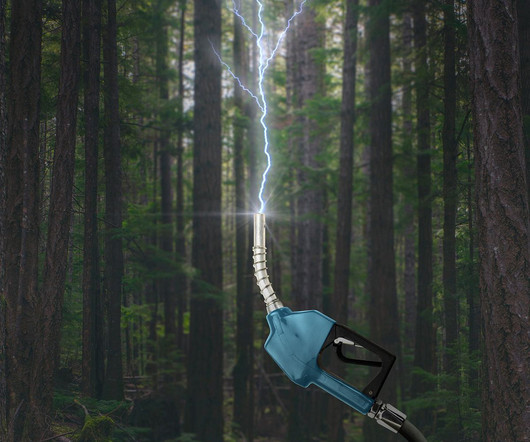Study Finds Water Use for Switchgrass Ethanol Production Approximately the Same as for Gasoline
Green Car Congress
AUGUST 23, 2009
Consumptive freshwater use for ethanol and petroleum gasoline production. The production of both bio and petroleum feedstocks and fuels requires substantial water input. In many cases, the Argonne team noted, crude oil production is increasingly water dependent. Data: Wu, ANL/ESD/09-1. Click to enlarge. ANL/ESD/09-1.





























Let's personalize your content